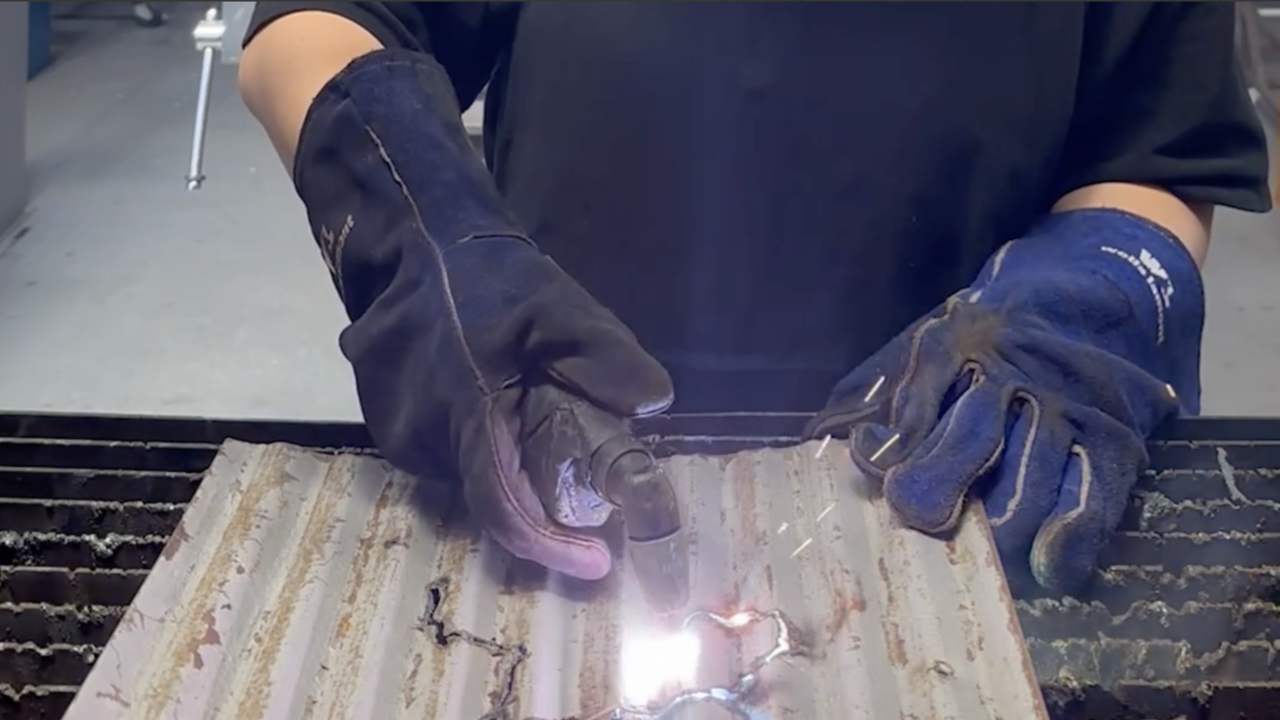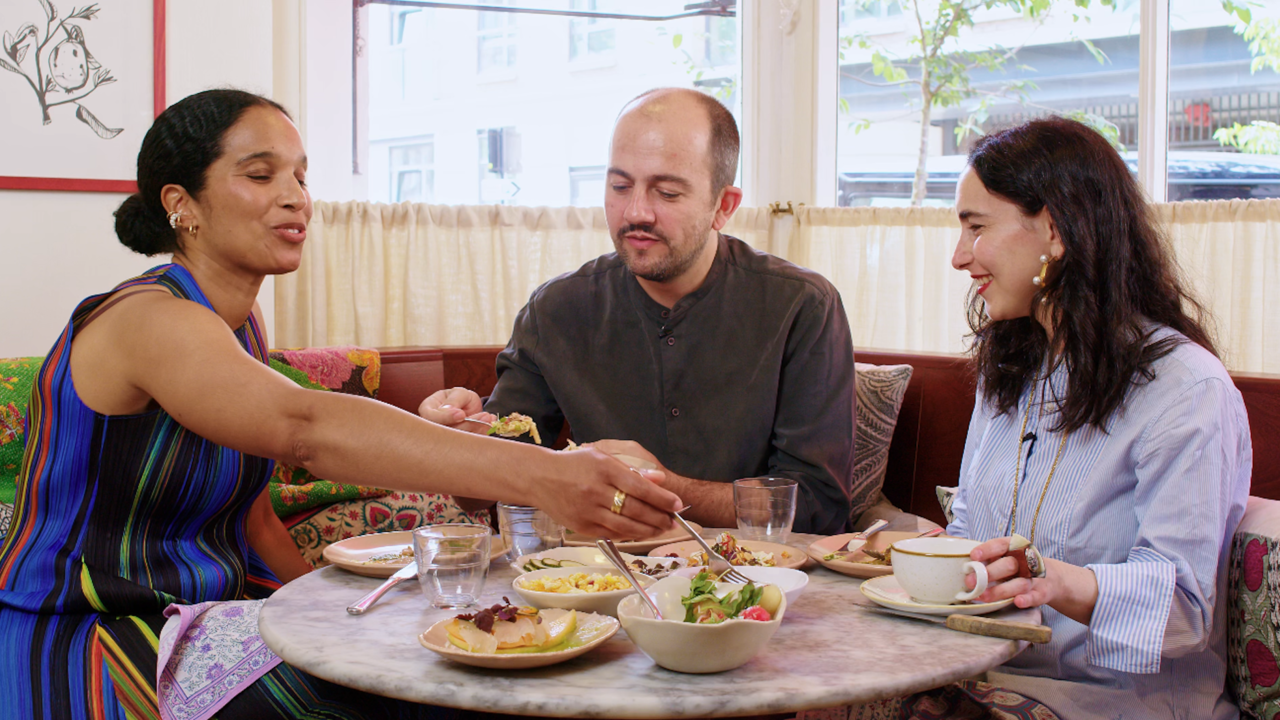Terre Vulnerabili

It would be difficult to find a more appropriate title for this group show than the one it has: ‘Terre Vulnerabili’ (Vulnerable Lands). It opened in October last year and was programmed over four ‘seasons’ under the new artistic director of the Fondazione Hangar Bicocca, Chiara Bertola (who collaborated on the project with Andrea Lissoni). Each ‘season’ was heralded by a quotation from Yona Friedman, Georges Perec, Roger Miller and Stanislaw Jerzy Lec, respectively. Translated they read as: ‘True solutions come from the bottom up’; ‘Question that which has forever ceased to amaze us’; ‘Some people walk in the rain while others simply get wet’; and ‘The chain’s weakest link is also the strongest because it can break the chain’. The site-specific works by 30 artists were installed over the four seasons; none were removed but some of them – sculptures by Stefano Arienti, Alice Cattaneo, Elisabetta Di Maggio, Christiane Löhr, Adele Prosdocimi, Invernomuto – either changed their shape or moved across the space in a reflection of the curators’ metaphor of a garden’s ‘germinating, organic’ growth.
The curatorial resolution to privilege process and attitude over form acted as a counterpoint to the muscular, static monumentality of Anselm Kiefer’s concrete towers, Seven Heavenly Palaces (2004), which have been on permanent display since 2004 when the Fondazione Hangar Bicocca first opened. Their presence is a challenge for artists, as is the space itself, which is as immense as a cathedral and has no windows. The tone of the first season was set by two works: Ermanno Olmi’s epic film Terra Madre (Mother Earth, 2009); Yona Friedman’s video animation Guide Book for Visitors from Outer Space (2010); Ackroyd & Harvey’s Testament (1998–2010), a decaying image of an old woman’s face created from grass; Alberto Garutti’s white sheets of paper falling from the ceiling, like messages from the sky (Opera dedicata a chi guarderà in alto, Dedicated to those who will look up, 2010); and Mario Airò’s kinetic sculpture, Atlantide (2010), which outlines the borders of Atlantis with lasers. For the second season, which opened in February, Friedman designed Une Ville Spatiale pour artistes (A Spatial City for Artists, 2011), a free-standing labyrinth in wood and cardboard that hosts other artists’ work; Bruna Esposito set up an intimate votive corner with candles and cushions (Under Ground Vulnerable Earth Quakes, 2011); while Kimsooja projected slides taken on a beach close to the Yeong Gwang nuclear plant in South Korea (Architecture of Vulnerability, 2011). In March, the third season went big: it included an immense, grotesque reproduction on PVC of a Franz West painting, Drei-Vom Vorgang ins Temperament (Three – The Process Through Temperament, 2011); a seemingly endless column of metallic scaffolding by Massimo Bartolini, Bars (future as it was once) (2007–11), and a wooden sculpture by Ludovica Carbotta, Scala Reale, (Royal Flush, 2011).
The most recent, and final, season from May to July includes three new sculptures by Nari Ward, Pascale Marthine Tayou and Alberto Tadiello; the latter transformed a column into an aggressive agglomerate of sharp metal plates, Senza Titolo (Adunchi) (Untitled [Hooked], 2011).
‘Terre Vulnerabili’ is an appropriate title for another good reason: while the show was taking shape, the economic crisis hit hard and Hangar Bicocca’s funding was slashed. When it first opened, the space was meant to be the cultural vitrine in a grand real-estate operation that began in the 1990s; it was part of the transformation of a post-industrial area of the city into the new ‘Quartiere Bicocca’, which includes a university campus, housing and office buildings. When it reopened in 2009 as the Fondazione Hangar Bicocca, it presented itself as an independent cultural institution, with Pirelli as a founding member and main sponsor, along with Region Lombardy and the Milanese Chamber of Commerce. However, in March Pirelli fired its board members. Although next year’s exhibition schedule is going ahead as planned, the future isn’t very clear for the space unless other sponsors come to the rescue of this vulnerable giant.















